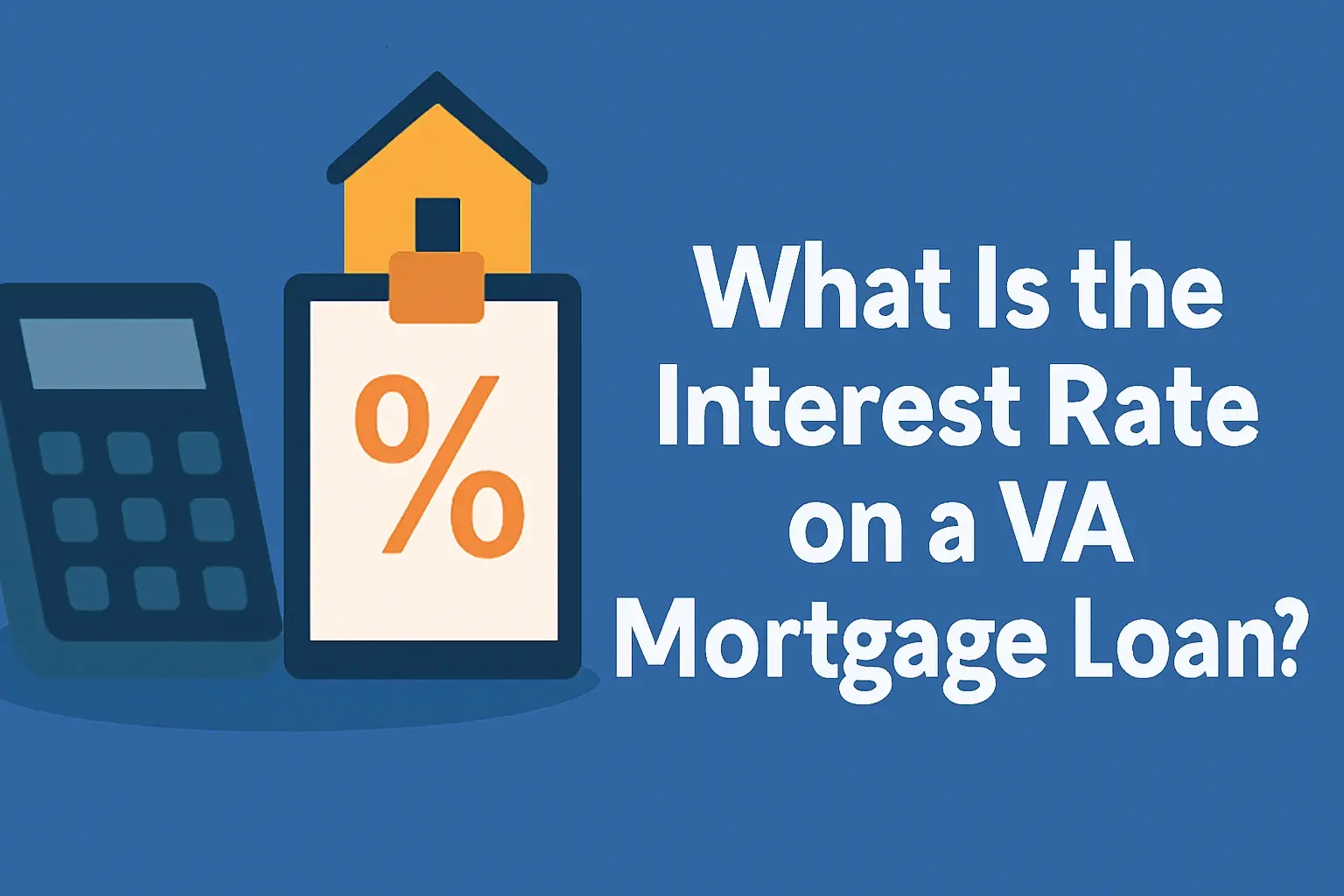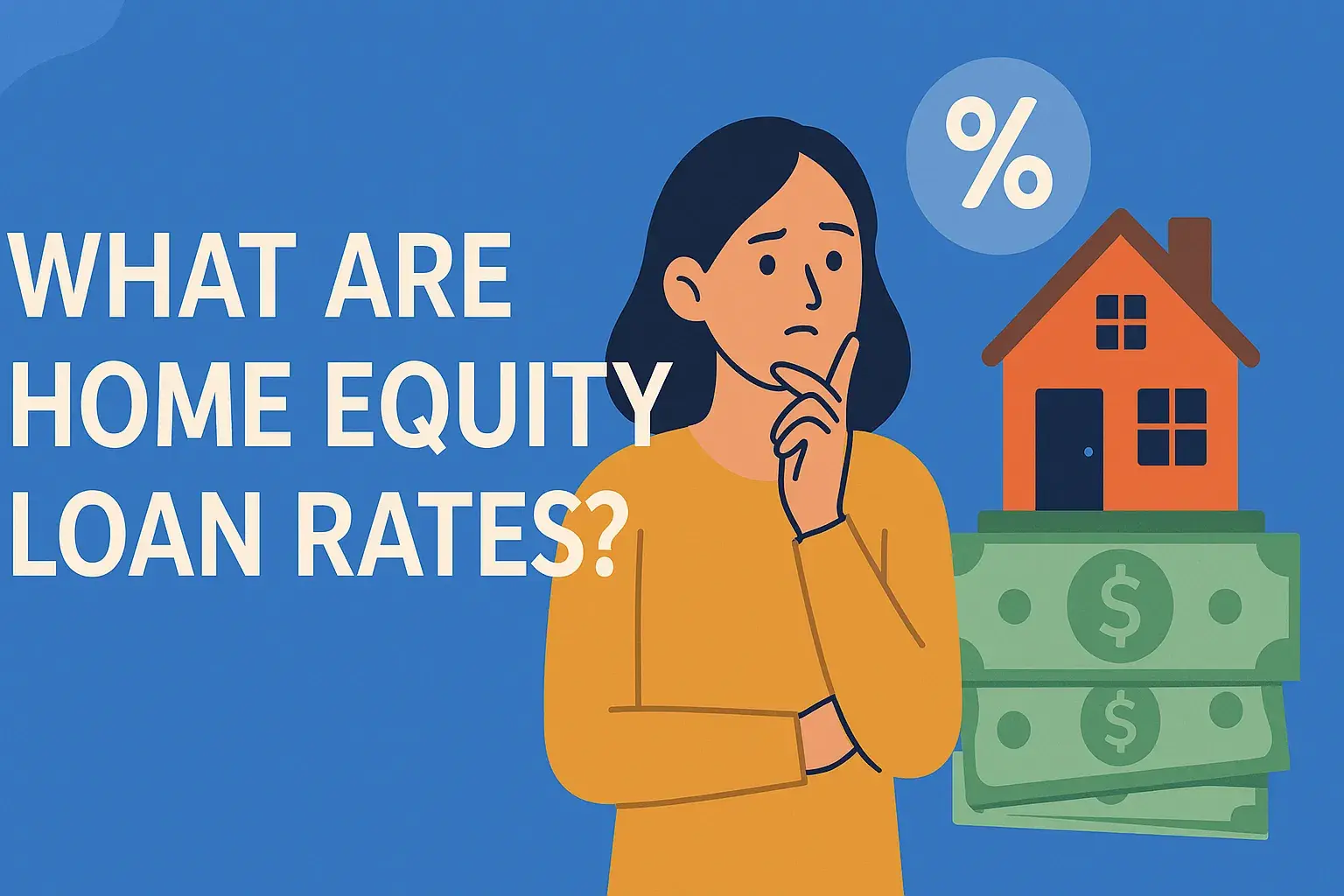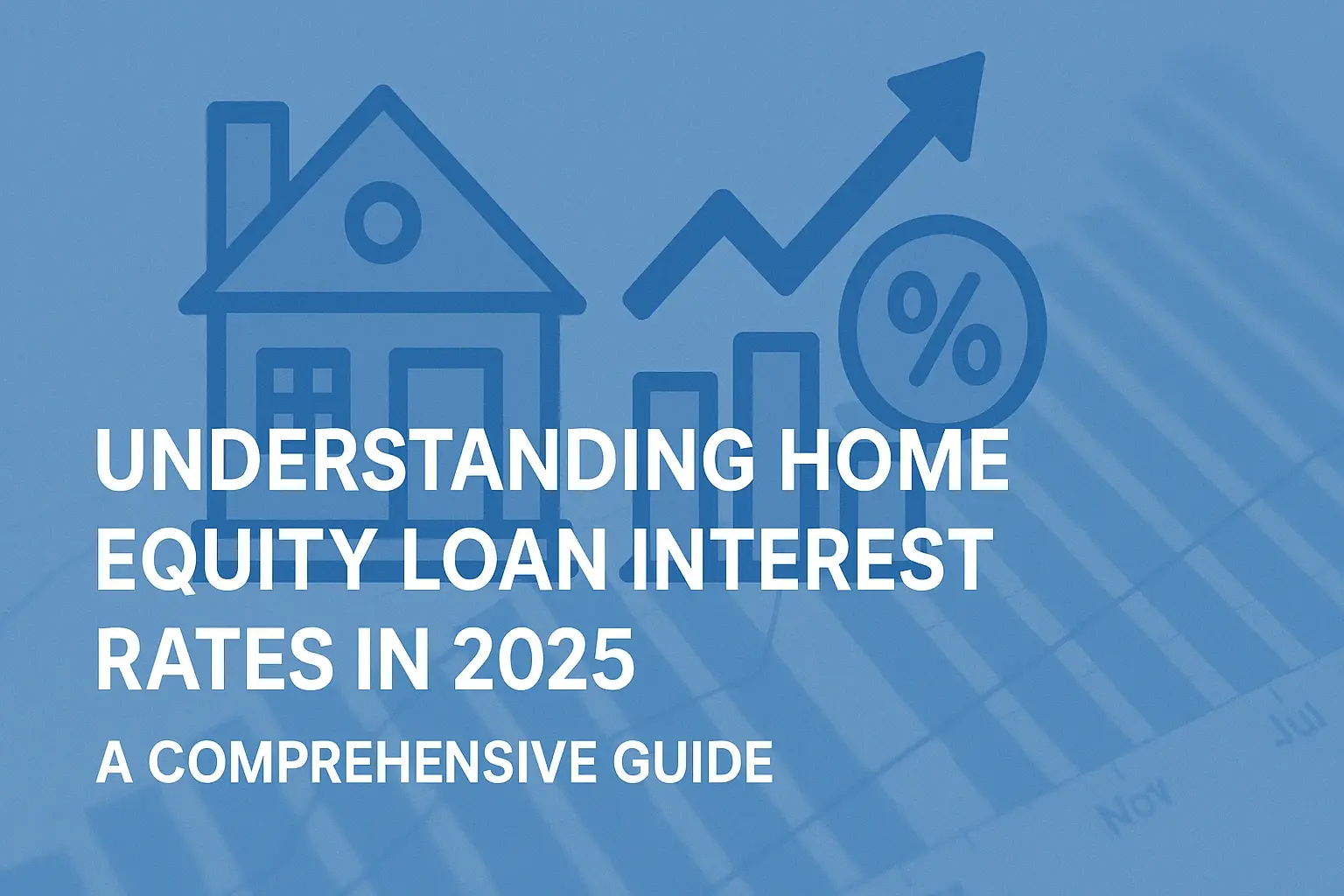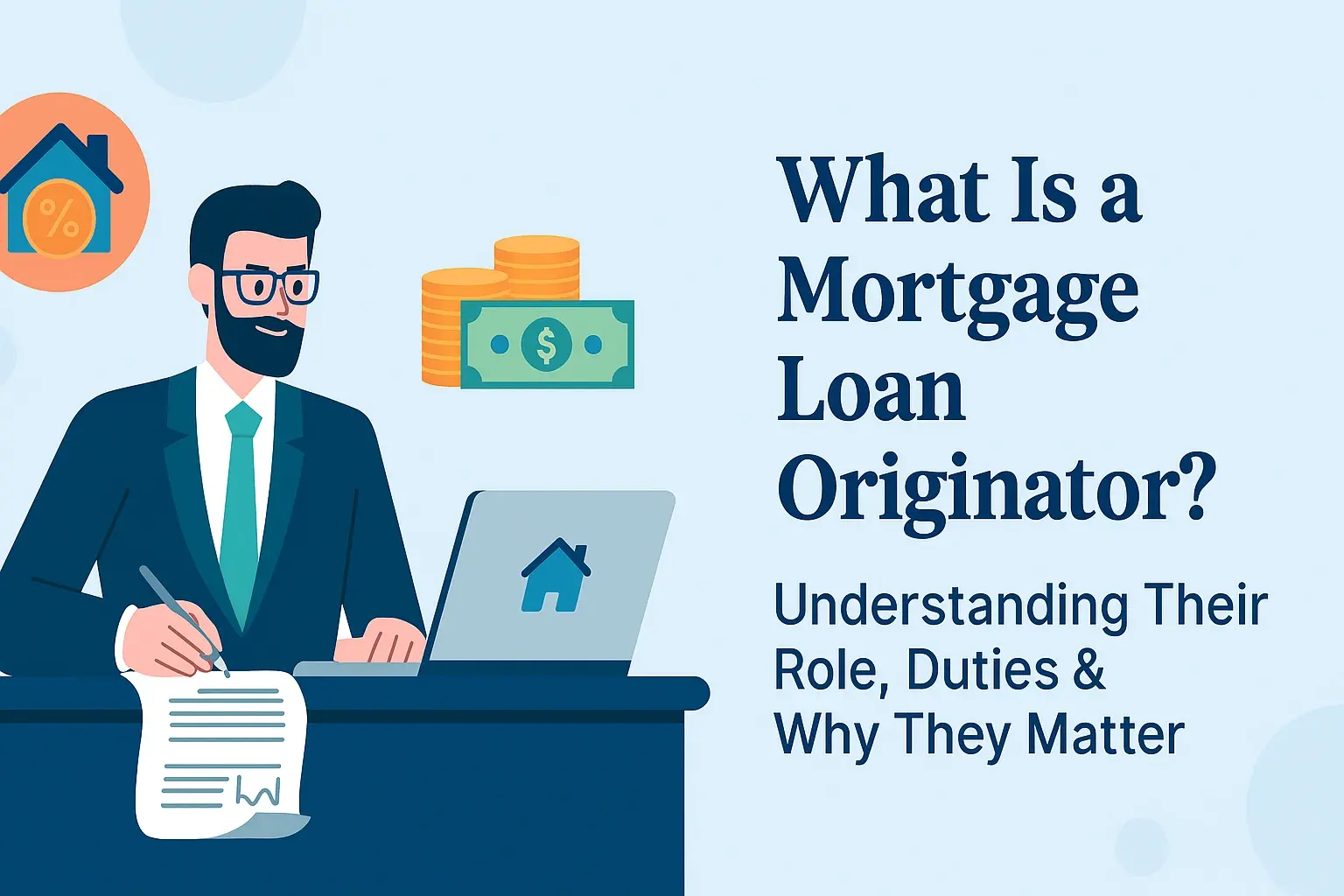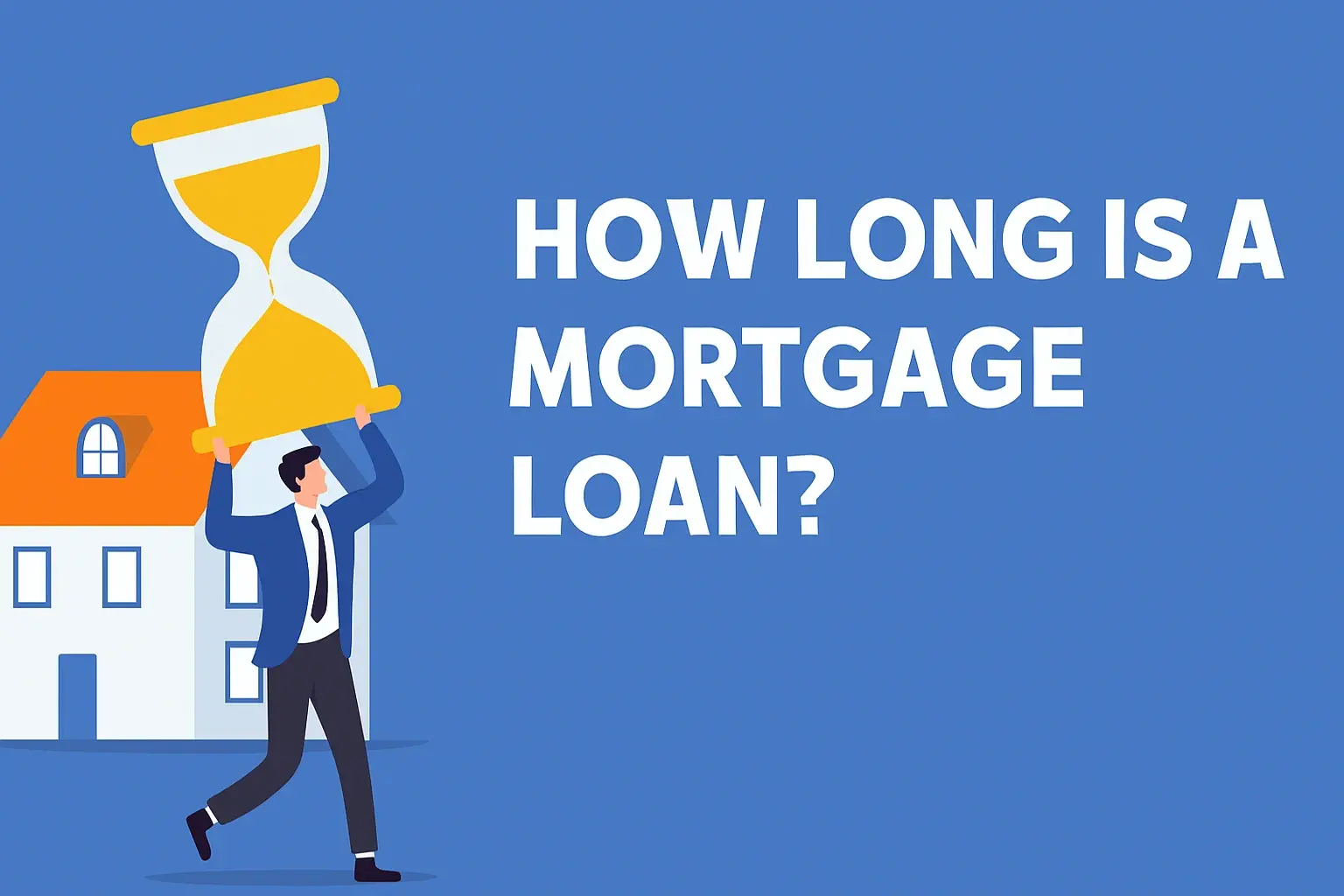-
Posted on: 21 Dec 2022

-
Deciding when to refinance your mortgage can significantly impact your financial future. This guide explores the key indicators and strategic considerations, empowering you to make the most informed decision for your unique circumstances in 2025.
Understanding Mortgage Refinancing
Mortgage refinancing is essentially replacing your existing home loan with a new one. This new loan typically comes with different terms, interest rates, or loan amounts. The primary goals of refinancing are usually to lower your monthly payments, reduce the total interest paid over the life of the loan, or to access cash from your home's equity. It’s a significant financial decision that requires careful consideration of your current situation and future goals. In 2025, with evolving economic conditions, understanding the nuances of refinancing is more critical than ever for homeowners looking to optimize their financial health.
What is Mortgage Refinancing?
At its core, refinancing a mortgage involves paying off your current loan with the proceeds from a new loan. This new loan is secured by your home, just like the original. The terms of the new loan are negotiated based on current market conditions, your creditworthiness, and your lender's offerings. This can result in a lower interest rate, a shorter or longer loan term, or a change in the type of mortgage (e.g., from an adjustable-rate mortgage to a fixed-rate mortgage).
Why Do People Refinance?
The motivations behind refinancing are varied but generally fall into a few key categories:
- Lowering Monthly Payments: This is often the most sought-after benefit. By securing a lower interest rate or extending the loan term, homeowners can reduce their monthly housing expenses.
- Reducing Total Interest Paid: Even if monthly payments don't decrease significantly, a lower interest rate can save a substantial amount of money over the 15, 20, or 30 years of the loan.
- Accessing Home Equity: Homeowners can borrow against the equity they've built in their homes through a cash-out refinance. This cash can be used for renovations, debt consolidation, education expenses, or other significant needs.
- Switching Loan Types: Homeowners with an adjustable-rate mortgage (ARM) might refinance into a fixed-rate mortgage to gain payment stability, especially if they anticipate rising interest rates. Conversely, someone with a fixed-rate mortgage might consider an ARM if rates are expected to fall.
- Consolidating Debt: Using a cash-out refinance to pay off high-interest debt, like credit cards or personal loans, can simplify finances and potentially lower overall interest costs.
Key Indicators Signaling It's Time to Refinance
Several economic and personal financial factors can signal that it might be a good time to consider refinancing your mortgage. Being aware of these indicators allows you to proactively assess your situation and seize potential opportunities for financial savings or improvement.
The "Rule of Thumb": The 2% Rule
A widely cited guideline suggests that if you can lower your current mortgage interest rate by at least 2 percentage points, refinancing is likely worthwhile. For example, if your current rate is 7%, and you can get a new loan at 5%, the 2% difference makes refinancing a strong contender. However, this is a simplified rule and doesn't account for all costs or individual circumstances. A more nuanced approach is often necessary.
Economic Factors to Watch
The broader economic landscape plays a crucial role. Central bank policies, inflation rates, and overall market stability influence mortgage interest rates. In 2025, monitoring these trends is paramount.
Interest Rate Trends
Mortgage rates are largely influenced by the Federal Reserve's monetary policy and the bond market. When the Federal Reserve lowers its benchmark interest rate, mortgage rates often follow suit, creating an opportune time for homeowners to refinance.
Inflation and Economic Growth
High inflation can sometimes lead to higher interest rates as central banks attempt to cool the economy. Conversely, periods of slower economic growth or recession might prompt rate cuts. Understanding these dynamics helps predict potential shifts in mortgage rates.
Personal Financial Factors
Beyond economic indicators, your personal financial situation is a primary driver for refinancing decisions. Improvements in your credit score, changes in your income, or evolving life needs can all make refinancing a smart move.
Credit Score Improvement
A higher credit score generally qualifies you for lower interest rates. If your credit has improved since you last secured a mortgage, you may be eligible for better terms.
Income Stability and Changes
A steady or increased income can make it easier to qualify for a new loan and manage the associated costs. Conversely, a significant decrease in income might make refinancing for lower payments a necessity.
Home Value Appreciation
If your home's value has increased significantly, your loan-to-value (LTV) ratio may have improved, potentially leading to better refinancing terms, especially if you aim for a cash-out refinance.
When Interest Rates Drop Significantly
The most common and often most impactful reason to refinance is a substantial drop in prevailing mortgage interest rates. This scenario offers the clearest path to immediate savings, both in monthly payments and total interest paid over the loan's life. In 2025, understanding the current rate environment is key to seizing this opportunity.
The Impact of Lower Rates on Your Mortgage
When market interest rates fall below your current mortgage rate, you have an opportunity to secure a new loan at a lower rate. This can lead to significant savings, especially if you have many years left on your mortgage.
Example: Lowering Monthly Payments
Consider a homeowner with a $300,000 mortgage at 7% interest over 30 years. Their principal and interest payment is approximately $1,996. If they can refinance to a 5% interest rate for the same term, their new payment drops to about $1,610. This is a monthly saving of $386, or $4,632 per year. Over the life of the loan, this could save tens of thousands of dollars.
Example: Reducing Total Interest Paid
In the same example, refinancing from 7% to 5% would reduce the total interest paid over 30 years by over $100,000. This is a powerful incentive for long-term financial planning.
How Much Do Rates Need to Drop?
While the 2% rule is a useful benchmark, it's not absolute. Even a 1% drop can be significant, especially on a large loan balance or if you plan to stay in your home for many more years. The exact threshold depends on your loan amount, remaining term, and the costs associated with refinancing.
The Break-Even Point Calculation
It's crucial to calculate the break-even point. This is the point at which your savings from the lower interest rate will cover the costs of refinancing. If you plan to move or sell your home before reaching this point, refinancing might not be financially beneficial.
Current 2025 Mortgage Rate Outlook
As of early 2025, mortgage rates have shown some volatility. While some forecasts suggest potential stabilization or slight decreases, others anticipate continued fluctuations due to ongoing economic adjustments. Homeowners should monitor rates closely and consult with lenders to get real-time quotes. Current 30-year fixed-rate mortgages are hovering around the 6.5% to 7.5% range, making a refinance potentially attractive if your current rate is 8.5% or higher.
When Your Credit Score Improves
Your credit score is a critical factor in determining your eligibility for a mortgage and the interest rate you'll receive. If your credit score has improved since you last applied for a mortgage, you may now qualify for better refinancing terms, even if interest rates haven't dropped dramatically.
The Link Between Credit Score and Interest Rates
Lenders view borrowers with higher credit scores as less risky. This lower perceived risk translates into more favorable loan terms, including lower interest rates. A jump of 50-100 points in your credit score can make a significant difference.
Understanding Credit Score Tiers
Generally, credit scores are categorized as follows:
- Excellent: 740+ (Qualifies for the best rates)
- Very Good: 670-739 (Good rates, but not the absolute best)
- Good: 580-669 (May qualify for loans, but at higher rates)
- Poor: Below 580 (Difficult to qualify for mortgages)
If you've moved from the "Good" to the "Very Good" or "Excellent" tier, you're in a prime position to refinance.
How to Improve Your Credit Score
If you're considering refinancing, focus on improving your credit score beforehand. Key strategies include:
- Paying Bills on Time: Payment history is the most significant factor in your credit score.
- Reducing Credit Utilization: Keep your credit card balances low relative to your credit limits.
- Avoiding New Credit Applications: Too many hard inquiries in a short period can lower your score.
- Checking for Errors: Review your credit reports for any inaccuracies and dispute them.
Example: Refinancing with an Improved Score
Suppose you originally took out a $250,000 mortgage with a 7.5% interest rate and a credit score of 680. Your monthly payment is about $1,747. If you've since improved your credit score to 740 and current rates are still around 7%, you might be able to refinance to a 6.5% rate. Your new payment would be approximately $1,580, saving you $167 per month, or $2,004 annually, solely due to your improved creditworthiness.
When You Want to Change Your Loan Terms
Refinancing isn't just about saving money; it's also about aligning your mortgage with your current financial goals and risk tolerance. You might want to change your loan terms for various reasons, such as switching from an adjustable-rate to a fixed-rate mortgage or vice versa.
From Adjustable-Rate to Fixed-Rate Mortgage
If you currently have an Adjustable-Rate Mortgage (ARM) and are concerned about future interest rate increases, refinancing into a Fixed-Rate Mortgage can provide payment stability and predictability. This is especially relevant if you anticipate interest rates rising in the future.
Benefits of a Fixed-Rate Mortgage
- Payment Stability: Your principal and interest payment remains the same for the entire loan term.
- Predictability: Easier to budget and plan long-term finances.
- Protection Against Rising Rates: You won't be affected if market interest rates increase.
From Fixed-Rate to Adjustable-Rate Mortgage
Conversely, if you have a Fixed-Rate Mortgage and interest rates have fallen significantly, you might consider refinancing into an ARM. This can offer a lower initial interest rate and monthly payment, which can be beneficial if you plan to sell your home before the fixed-rate period ends or if you're comfortable with the potential for future rate adjustments.
When an ARM Might Make Sense
- Lower Initial Rate: ARMs typically start with lower interest rates than fixed-rate mortgages.
- Short-Term Ownership: If you plan to move or sell within a few years, you can benefit from the lower initial rate without facing potential rate hikes.
- Belief in Falling Rates: If you anticipate interest rates will continue to decline, an ARM could offer ongoing savings.
Adjusting Your Loan Term
Refinancing also allows you to change the length of your mortgage term. You can shorten it to pay off your home faster or lengthen it to reduce monthly payments.
Shortening the Loan Term
Refinancing from a 30-year loan to a 15-year loan can significantly reduce the total interest paid. While monthly payments will likely increase, you'll own your home free and clear much sooner. For example, a $200,000 loan at 6% might have a 30-year payment of $1,199. Switching to a 15-year term at the same rate would increase the payment to $1,688, but you'd save over $100,000 in interest and pay off the loan 15 years earlier.
Lengthening the Loan Term
If you're struggling with high monthly payments, refinancing from a 15-year to a 30-year mortgage can lower your payments. However, this will increase the total interest paid over the life of the loan and extend the time it takes to pay off your home.
When You Need to Tap Into Your Home Equity
As your home's value increases and you pay down your mortgage principal, your home equity grows. Refinancing offers a way to access this accumulated equity for various financial needs, such as home improvements, education, or debt consolidation.
What is Home Equity?
Home equity is the difference between your home's current market value and the amount you still owe on your mortgage. For instance, if your home is worth $400,000 and you owe $200,000 on your mortgage, you have $200,000 in equity.
Cash-Out Refinance Explained
A cash-out refinance allows you to borrow more than you currently owe on your mortgage and receive the difference in cash. You then pay off your old mortgage with the new, larger loan. The new loan will have a higher balance, and potentially a different interest rate and term.
When is a Cash-Out Refinance a Good Idea?
- Home Renovations: Funding significant upgrades can increase your home's value and improve your living experience.
- Debt Consolidation: Paying off high-interest debt (credit cards, personal loans) with a lower-interest mortgage loan can save money and simplify payments.
- Education Expenses: Funding college or other educational pursuits for yourself or your family.
- Emergency Fund: Building or replenishing an emergency fund for unexpected events.
- Investment Opportunities: Using funds for investments, though this carries higher risk.
Other Equity Access Options
While cash-out refinancing is a popular method, other options exist:
- Home Equity Loan: A second mortgage that provides a lump sum of cash with a fixed interest rate and repayment term.
- Home Equity Line of Credit (HELOC): A revolving credit line secured by your home, allowing you to borrow funds as needed up to a certain limit.
Each option has its pros and cons, and the best choice depends on your borrowing needs and risk tolerance. A cash-out refinance might be preferable if you want to consolidate your mortgage and equity access into a single payment and potentially secure a better overall rate.
Example: Using Equity for Renovations
A homeowner with a home worth $500,000 and an outstanding mortgage balance of $250,000 at 6.5% interest decides to do a cash-out refinance. They secure a new loan for $350,000 at 6.8% interest. They receive $100,000 in cash to renovate their kitchen. Their new mortgage payment will be higher due to the increased balance, but they've funded a valuable home improvement project.
Considering the Costs of Refinancing
Refinancing is not free. It involves closing costs, which can add up and impact the overall financial benefit. Understanding these costs is crucial for determining if refinancing is truly worthwhile.
Common Refinancing Costs
These costs are often rolled into the new loan or paid upfront at closing:
- Appraisal Fee: To determine the current market value of your home. ($300 - $600)
- Credit Report Fee: To pull your credit history. ($30 - $50)
- Origination Fee: Charged by the lender for processing the loan. (0.5% - 1% of the loan amount)
- Title Search and Title Insurance: To ensure clear ownership of the property. ($500 - $1,500)
- Recording Fees: Charged by local government to record the new mortgage. ($50 - $200)
- Attorney Fees: If an attorney is involved in the closing process. ($300 - $1,000)
- Discount Points: Optional fees paid to the lender to lower your interest rate. (Each point typically costs 1% of the loan amount and can reduce the rate by 0.25% - 0.5%)
Total Estimated Costs: Typically range from 2% to 6% of the loan amount.
The "No-Cost" Refinance Myth
Be wary of "no-cost" refinance offers. While some lenders may not charge upfront fees, these costs are usually absorbed into a higher interest rate over the life of the loan, making it more expensive in the long run.
Table: Example Refinancing Costs
Cost Item Estimated Range Example for $300,000 Loan Origination Fee (0.75%) $2,250 - $3,000 $2,250 Appraisal Fee $300 - $600 $500 Title Services & Insurance $500 - $1,500 $1,000 Recording Fees $50 - $200 $100 Other Fees (Credit Report, etc.) $100 - $300 $200 Total Estimated Costs $3,200 - $5,600 $4,050 Calculating Your Break-Even Point
The break-even point is the number of months it will take for your monthly savings from refinancing to offset the total cost of the refinance. This is a critical metric for determining if refinancing is financially sound for your situation.
How to Calculate the Break-Even Point
The formula is straightforward:
Break-Even Point (in months) = Total Refinance Costs / Monthly Savings
Example Calculation
Let's use the previous example:
- Total Refinance Costs: $4,050
- Current Monthly Payment (P&I): $1,996 (at 7%)
- New Monthly Payment (P&I): $1,610 (at 5%)
- Monthly Savings: $1,996 - $1,610 = $386
Break-Even Point: $4,050 / $386 = approximately 10.5 months.
In this scenario, it would take about 10.5 months for the monthly savings to cover the refinance costs. If you plan to stay in your home for longer than this period, refinancing is likely a good financial move.
Factors Influencing the Break-Even Point
- Total Refinance Costs: Higher costs mean a longer break-even period.
- Monthly Savings: Larger monthly savings (from a lower rate or longer term) shorten the break-even period.
- Remaining Loan Term: If you have only a few years left on your mortgage, the total potential savings might not be enough to justify the costs.
- Future Interest Rate Changes: If rates drop further after you refinance, you might miss out on even better savings. Conversely, if rates rise, your decision to lock in a lower rate becomes more valuable.
When is Refinancing NOT Worth It?
Refinancing might not be advisable if:
- The break-even point is longer than you plan to stay in your home.
- The monthly savings are minimal and don't justify the costs.
- Your credit score is too low to qualify for a significantly better rate.
- You plan to sell your home in the near future.
- You are close to paying off your current mortgage.
Alternatives to Refinancing
While refinancing is a powerful tool, it's not the only way to manage your mortgage or access home equity. In some situations, alternatives might be more suitable or cost-effective.
Mortgage Recasting
Mortgage recasting, also known as loan modification, is an option if you've made a significant lump-sum payment towards your principal. Instead of refinancing, you ask your lender to recalculate your monthly payments based on the new, lower principal balance. This doesn't change your interest rate or loan term, but it does reduce your monthly payment. It's generally much less expensive than refinancing, often involving a small fee.
When Recasting is Beneficial
- You have received a large sum of money (e.g., inheritance, bonus) and want to pay down principal.
- You want to lower your monthly payments without the costs of a full refinance.
- Your interest rate is already competitive, and you don't need to change it.
Home Equity Loan vs. HELOC
As mentioned earlier, home equity loans and Home Equity Lines of Credit (HELOCs) are alternatives to cash-out refinancing if your primary goal is to access equity without touching your primary mortgage. They can be useful if you only need a portion of your equity or prefer a separate loan structure.
Comparison: Cash-Out Refi vs. HELOC/Home Equity Loan
Feature Cash-Out Refinance HELOC Home Equity Loan Primary Goal Replace existing mortgage with a new, larger one; access cash. Access home equity as a revolving line of credit. Access home equity as a lump sum. Interest Rate Fixed or adjustable, typically competitive with first mortgages. Typically adjustable, often starts lower than home equity loans. Typically fixed. Repayment Single monthly payment for the entire mortgage balance. Draw period followed by repayment period; variable payments. Fixed monthly payments over a set term. Closing Costs Full mortgage closing costs apply. Often lower than mortgage closing costs, sometimes minimal. Can be lower than mortgage closing costs. Loan Modification
If you are experiencing financial hardship and are struggling to make your mortgage payments, a loan modification might be a better option than refinancing. This is a permanent change to the terms of your existing loan, often resulting in lower monthly payments. It's typically pursued when you cannot qualify for a refinance due to credit issues or income instability.
The Mortgage Refinancing Process in 2025
The process of refinancing a mortgage in 2025 is similar to previous years but may incorporate more digital tools and streamlined procedures. Understanding each step ensures a smoother experience.
Step 1: Assess Your Readiness and Goals
Before you start, clearly define why you want to refinance and whether it makes financial sense. Calculate your break-even point and compare current rates to your existing mortgage. Ensure your credit score is in good shape.
Step 2: Shop Around for Lenders
Don't settle for the first lender you speak with. Rates and fees can vary significantly. Contact multiple lenders, including banks, credit unions, and online mortgage companies. Obtain Loan Estimates from each to compare offers side-by-side.
Step 3: Gather Necessary Documentation
Lenders will require documentation to verify your income, assets, and debts. This typically includes:
- Pay stubs (usually the last 30 days)
- W-2 forms (last two years)
- Tax returns (last two years)
- Bank statements (last two months)
- Investment and retirement account statements
- Proof of homeowners insurance
- Current mortgage statement
- Identification (driver's license, social security card)
Step 4: Loan Application and Underwriting
Once you choose a lender, you'll complete the formal loan application. The lender's underwriter will review your application, credit history, and documentation to assess your risk and approve the loan. This stage often involves an appraisal of your home.
Step 5: Closing
If approved, you'll proceed to closing. You'll sign the new loan documents, pay any closing costs not rolled into the loan, and the new loan will fund, paying off your old mortgage. Your old mortgage is officially replaced by the new one.
Key Considerations for 2025
- Digital Tools: Many lenders offer online portals for applications, document submission, and tracking progress.
- Rate Lock: Understand when and how to lock in your interest rate to protect against market fluctuations during the process.
- Appraisal Waivers: In some cases, lenders may waive the appraisal requirement, especially for well-qualified borrowers with strong equity, potentially speeding up the process.
Final Thoughts on Refinancing
Deciding when to refinance your mortgage is a strategic financial decision that hinges on your individual circumstances, market conditions, and a thorough understanding of the costs and benefits. In 2025, with ongoing economic shifts, staying informed and proactive is key. Whether you're aiming to lower your monthly payments, reduce total interest paid, tap into home equity, or simply achieve greater financial stability, refinancing can be a powerful tool.
Always remember to calculate your break-even point to ensure that your savings will outweigh the costs. Compare offers from multiple lenders diligently, and don't hesitate to ask questions. By carefully weighing the indicators, understanding the process, and considering alternatives, you can confidently make the refinancing decision that best serves your financial goals and propels you toward a more secure future. Your home is one of your largest assets; managing your mortgage effectively is paramount to maximizing its value and your overall financial well-being.


